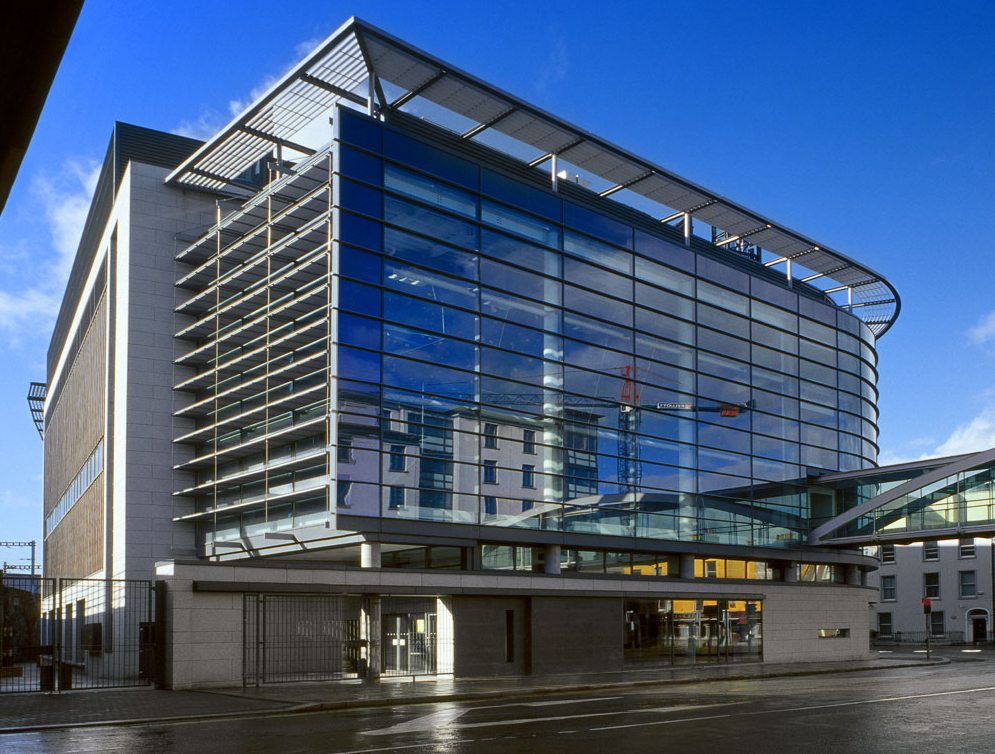Significant improvements to Trinity’s sport infrastructure have been proposed as part of a new sports strategy. The new plans, which will require approximately €13 million in funding, hope to increase College success through measures that are “pragmatic and achievable, by thinking differently within a collegiate approach”, according to a document seen by The University Times.
Co-authored by the Director of Sports, Michelle Tanner, and the Dean of Students, Prof Kevin O’Kelly, the document has been submitted to the College Board for approval. The sports strategy recognises the “challenging financial environment within which Trinity now operates” and suggests that 71 percent of the required funds can be generated through the student sports levy, which currently stands at €120 per year. The additional 14 percent can be obtained through a university loan or investment.
In an email statement to The University Times, Director of Sports and co-author of the Strategy for Sports, Michelle Tanner, highlighted the importance of improving the College facilities: “Trinity Sport is in a really good place and we have achieved so many successes on and off the pitches/arenas and there has been investment in facilities in recent years”, adding that “Trinity Sport has a lot more to offer”.
Discussing the funding model, Tanner confirmed that the levy would not increase in order to achieve the required funding: “Further investment will be funded through the ring fencing of the current student sports levy and other sources of income to sport.”
Referencing the Sports Centre referendum, held last year, where students voted to increase the student sports levy, Tanner added: “The business model assumes the current levy amount as per the referendum which was passed last year by students.”
The first phase of the strategy, phase 1A, was completed in December 2014, and consisted of the development of an internationally approved hockey pitch in the Santry Sports Grounds.
Following a successful application for implementation of Phase 1B, construction of a new GAA pitch began in early 2015 and is expected to open in June of this year. Also included in the second phase is the development of three synthetic 5-a-side pitches at the Santry Sports Grounds.
The strategy also proposes both the creation of a campaign to fund the second phase of the development as well as an assessment of current indoor facilities to identify potential areas in need of refurbishment in light of the “anticipated increase in student population and diversity.”
The strategy also includes plans to upgrade the Islandbridge Boathouse, used by both the Men’s and Women’s Boat Clubs, so that state of the art social and training facilities are available for both teams.
The Iveagh Sports Grounds, the acquisition of which the College is currently in advanced stages, is cited as an example of the expansion of the College’s sporting facilities and grounds, with the reporting call on College to recognise the importance of such expansions, and to make similar purchases in the future.







